When I first arrived in Shanghai, I was eager to dive into the city’s vibrant rhythm, but the sprawling urban landscape made me wonder about the best way to get around. Fortunately, the Shanghai transportation network quickly proved to be a trustworthy companion. With a combination of a well-developed metro system, buses, and taxis, moving through this bustling metropolis can be surprisingly smooth. From my experience, using public transit not only saves time but also lets you see the city through the eyes of locals.
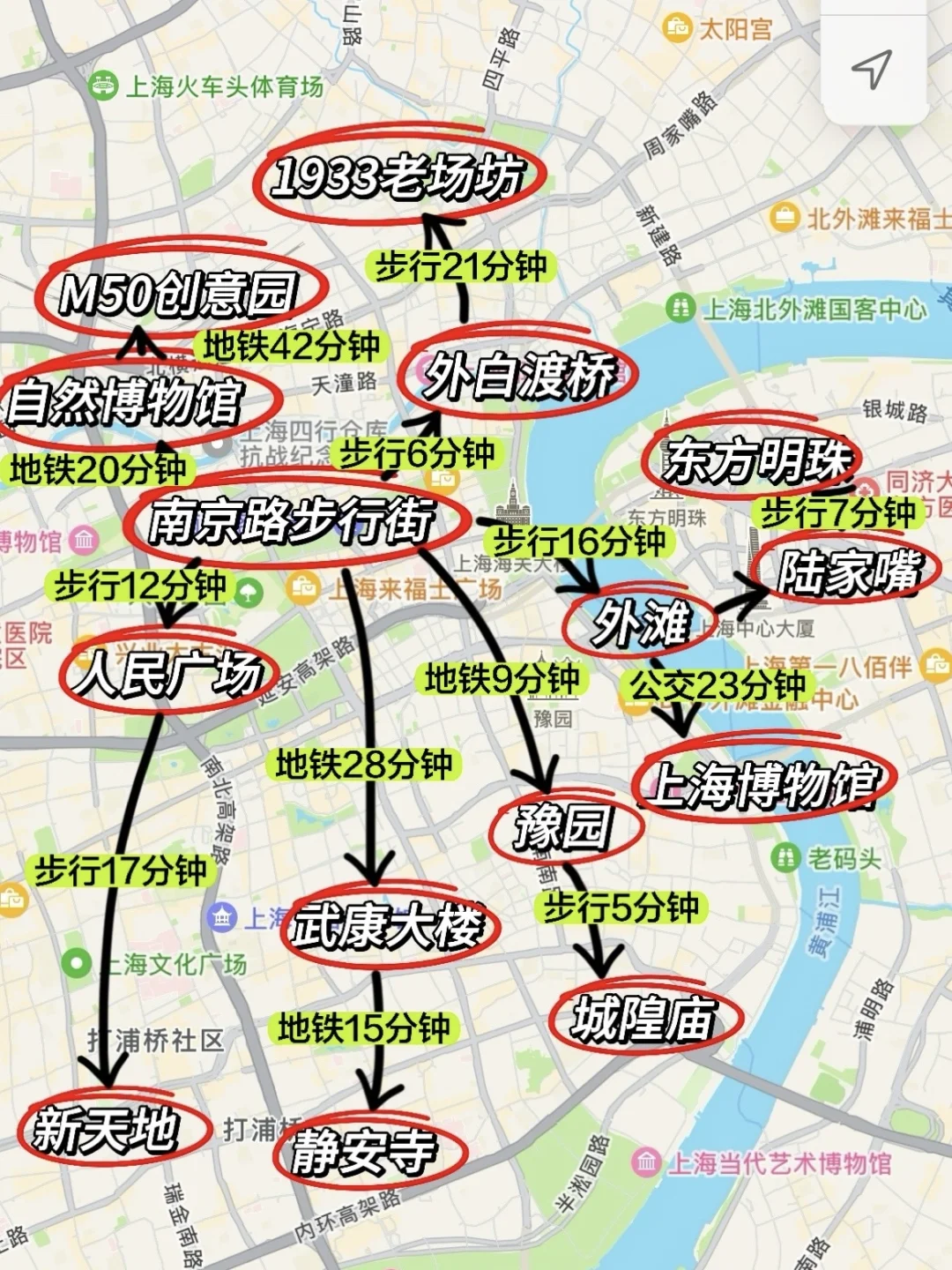
Personally, I decided to skip driving in this city as the infamous traffic jams can be quite frustrating. Plus, sticking to public transport has its perks: it’s eco-friendly, affordable, and with the recent opening of numerous lines, practically all major attractions are well covered. This Shanghai transportation guide shares everything I learned navigating the city, from the 16 metro lines available to practical advice on buses and traffic.
Diving deeper into the heart of Shanghai, one standout feature is, without doubt, the Shanghai metro lines. I was amazed to discover that there are 16 lines currently operational, weaving their way underground and above, providing access to most districts and popular sights. It’s a vast network that never left me stranded.
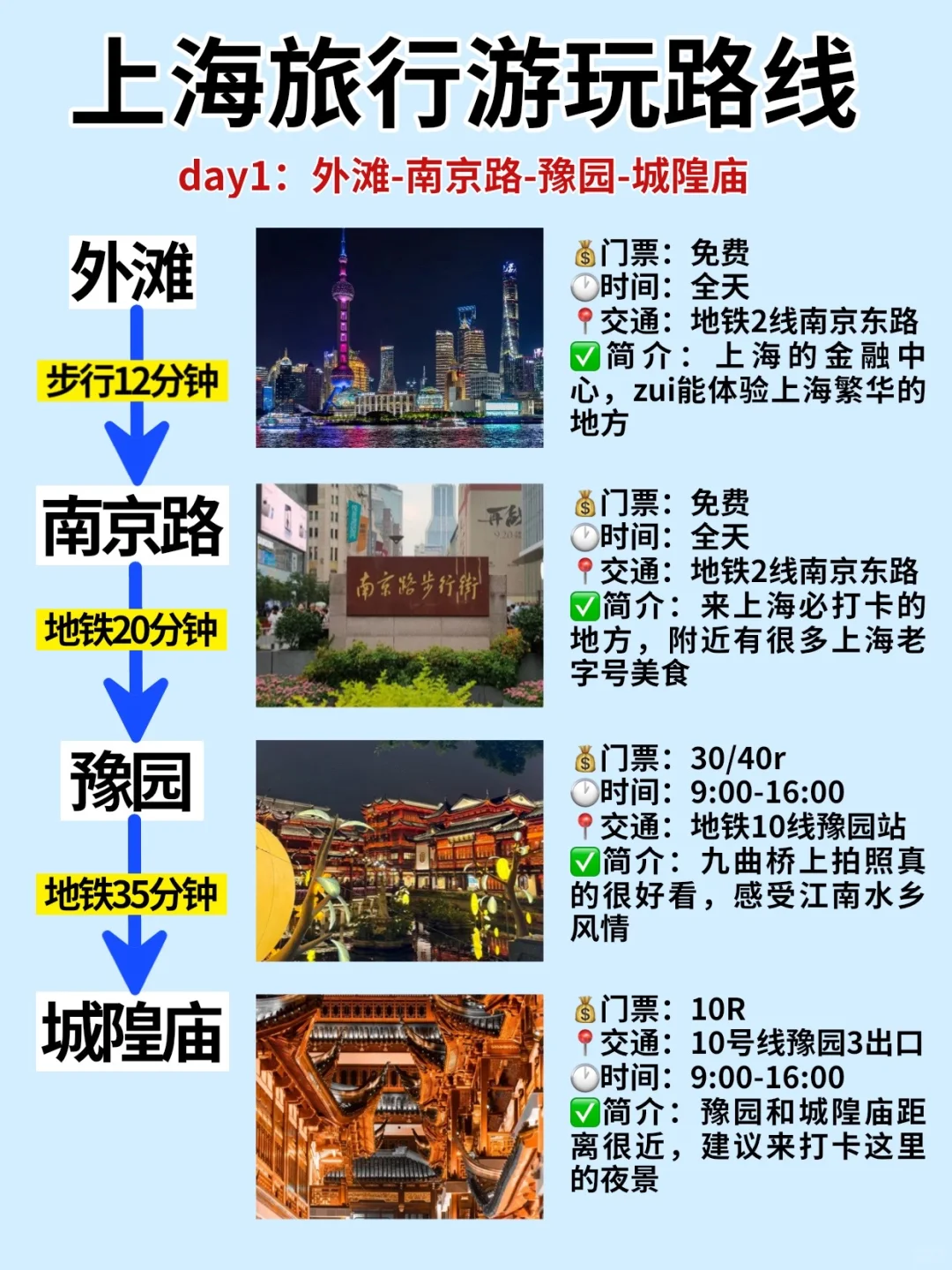
Getting around has never been so intuitive. For example, hopping on Line 2 takes you from the financial district of Lujiazui straight to the historic Bund; a quick change to Line 10 brings you to the artsy vibe of the French Concession. The trains run frequently and reliably, which made planning my daily routes stress-free. Many Xiaohongshu posts echoed similar sentiments about the metro’s ability to unlock city secrets effortlessly—the real charm lies in convenience.
When I first grabbed my metro card through a handy mobile app, I realized how user-friendly the system is. You can purchase a reusable Shanghai Public Transport Card, or even use mobile wallets like Alipay for quick tap-and-go rides. This system dramatically eased my travels and saved me precious time, especially during peak hours.
Learn more about the Shanghai metro system on Chinawink
According to Shanghai’s municipal government public transport site, the metro’s extensive coverage means fewer people need to rely on cars, helping reduce congestion and emissions official Shanghai Metro website.
Besides the metro, I also experimented with buses during my trip. What stood out immediately was the option to buy bus fares through Alipay’s e-card function. This made hopping on and off without fumbling for cash incredibly convenient. You simply scan your phone at the entry and exit gates, and your journey is recorded automatically.
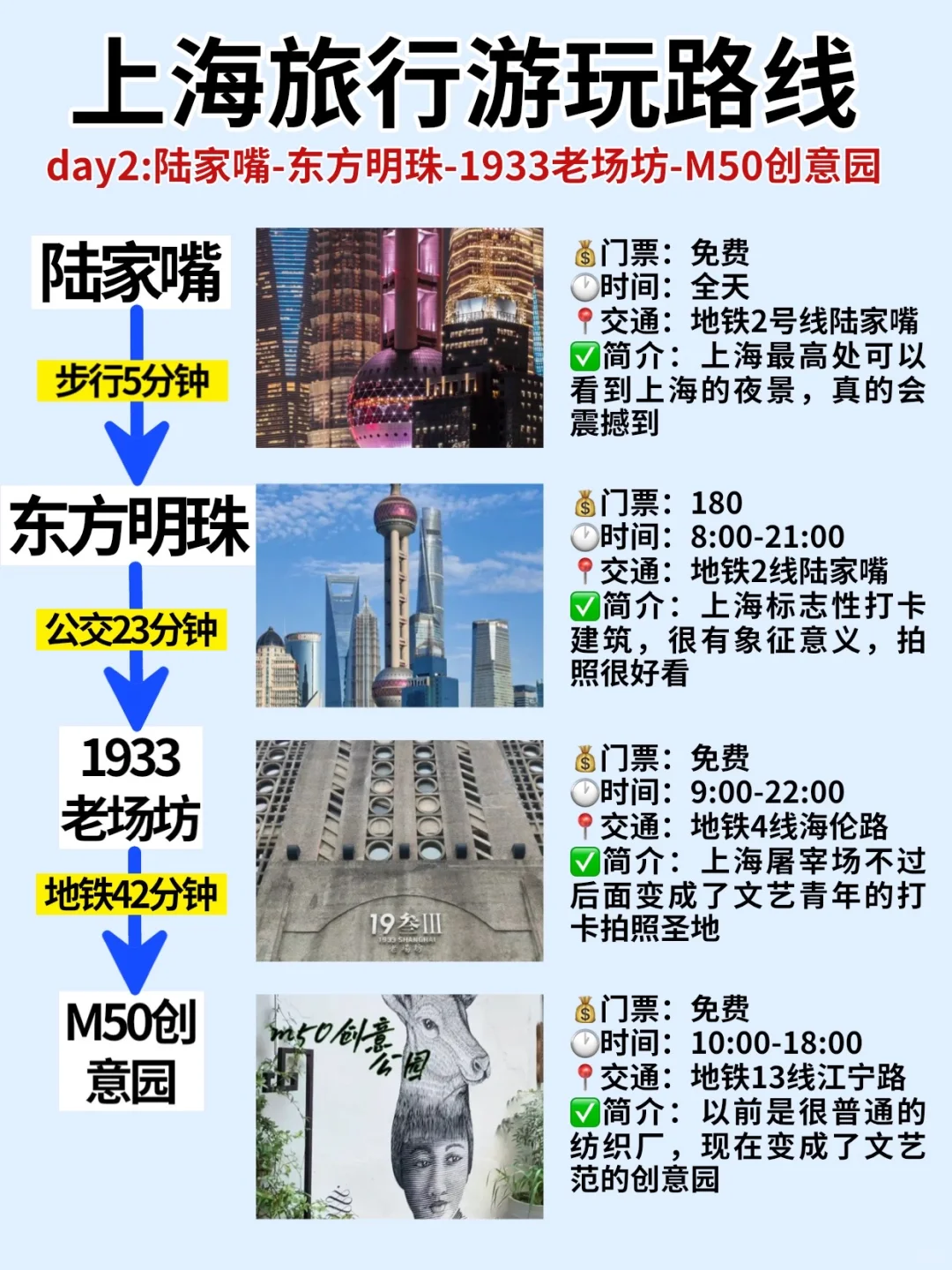
However, driving around Shanghai was a different story. I quickly noticed the heavy Shanghai traffic snarls during rush hours. Locals often advised me to avoid self-driving unless absolutely necessary, as jams can be long and unpredictable, especially near the city center. I shared their sentiments after spending nearly an hour stuck in a traffic jam once. Relying on metros and buses saved me from much stress and allowed me to sit back, relax, and simply enjoy the city passing by.
Check out this article for more Shanghai traffic advice
If you do plan to drive, make sure to factor in the high levels of congestion and limited parking. For the best experience, public transit reigns supreme here.
From my time navigating Shanghai, a few key Shanghai travel tips stood out and may be helpful for your visit:

A helpful tip I picked up from numerous Xiaohongshu travelers was to familiarize yourself with the station announcements and signs. Most major stations have English translations, so language barriers are minimal for those who don’t speak Chinese. Equip yourself with a simple metro map and you’re ready to explore from the Bund to Jing’an Temple with ease.
Discover top Shanghai attractions reachable by metro
Reflecting on my journey, I can say that mastering Shanghai public transport truly enhances any city adventure. The mix of 16 metro lines, expansive bus routes, and easy payment methods means getting around is both efficient and enjoyable. Whether you’re aiming to stroll through the French Concession, lose yourself amid the hustle of Nanjing Road, or visit cultural spots like the Shanghai Museum, the transport system is up to the task.
For anyone planning their trip, keeping in mind the strengths of Shanghai transportation —particularly the metro’s wide coverage and bus convenience—will save you both time and hassle. With these insights, navigating Shanghai feels less like a chore and more like part of the adventure.
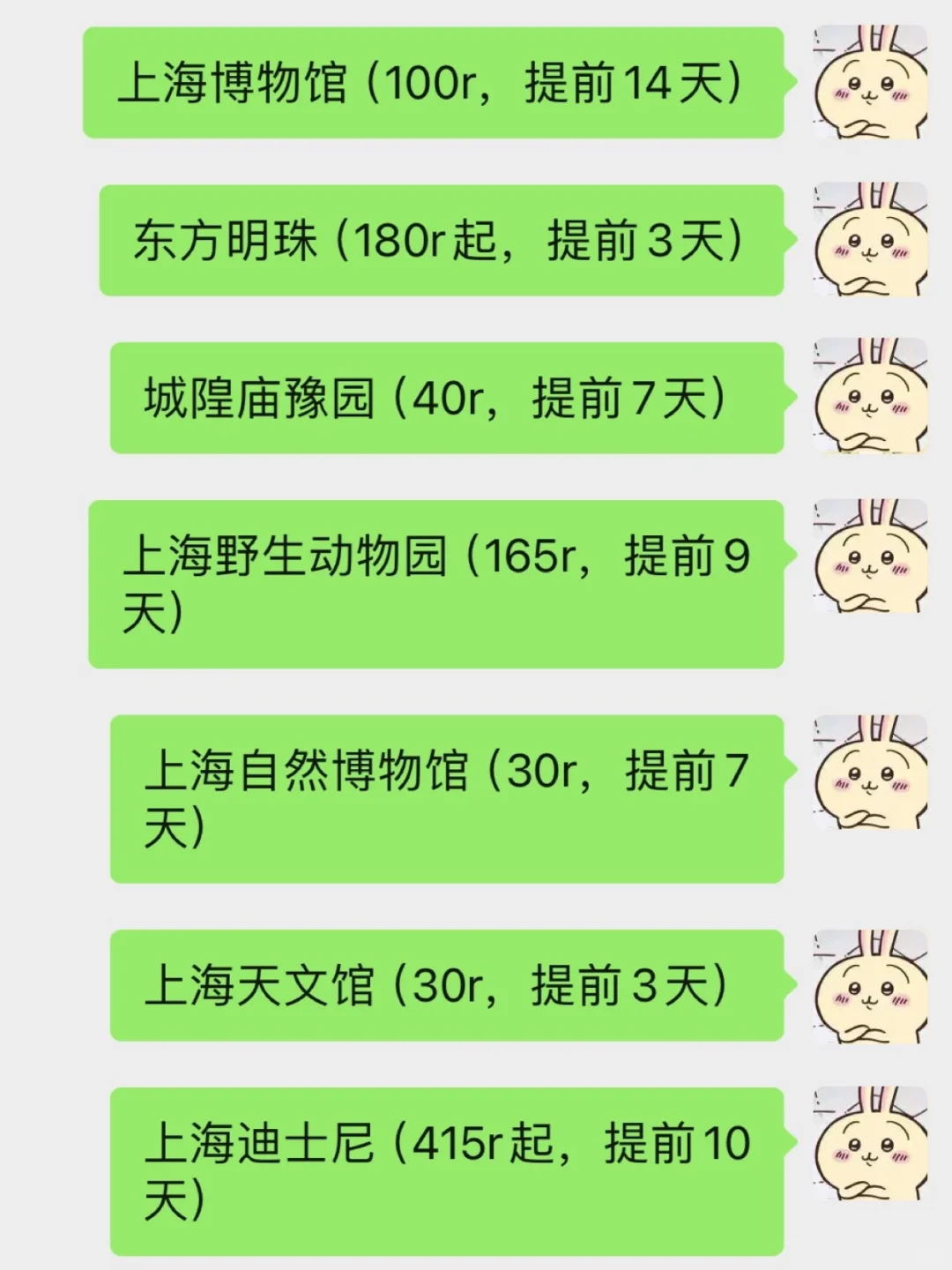
From my experience, it’s clear that embracing public transport is your best bet to explore this dynamic city fully. For further reading on Shanghai city travel, jump over to our detailed Shanghai Travel Guide that covers sightseeing tips and more.
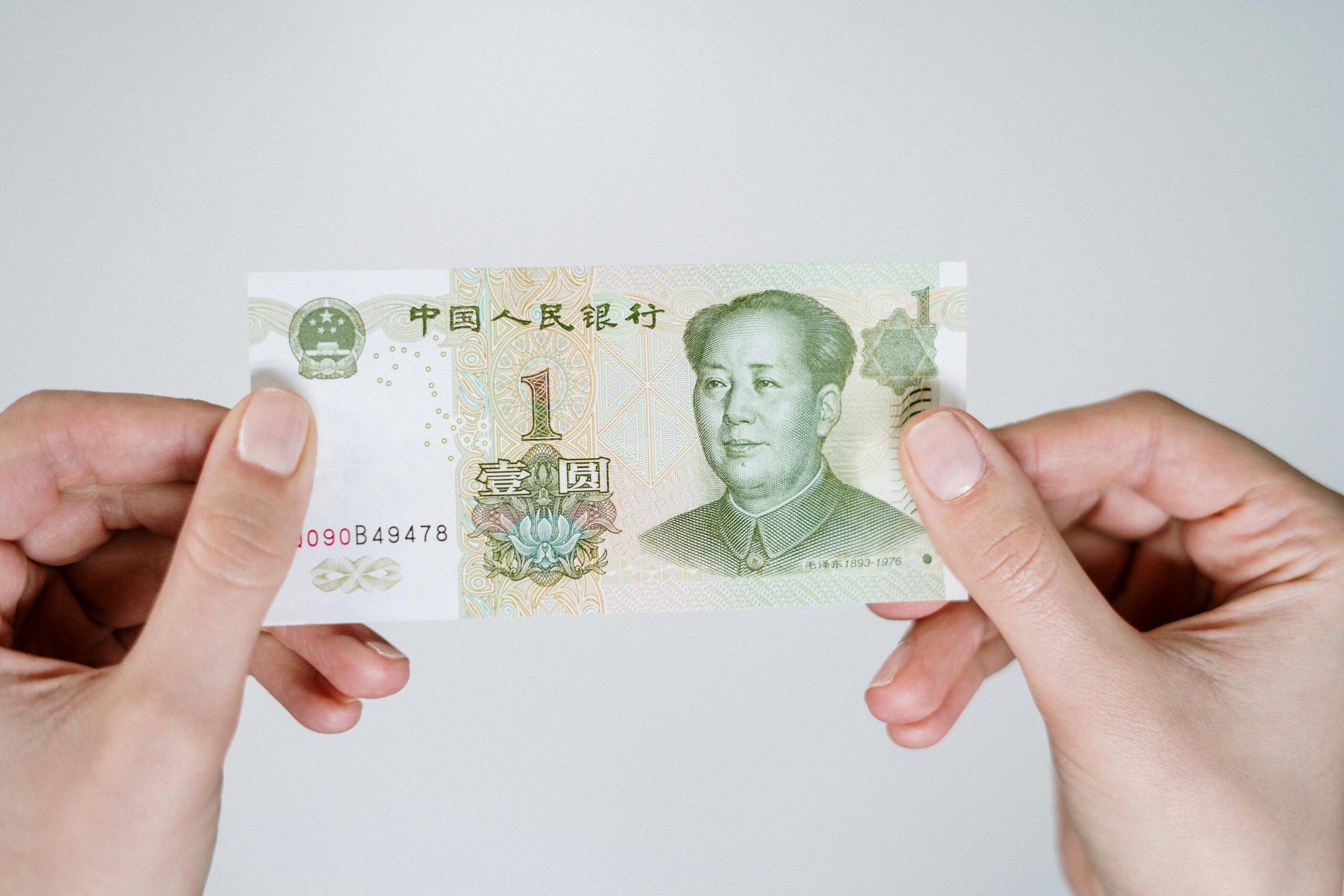


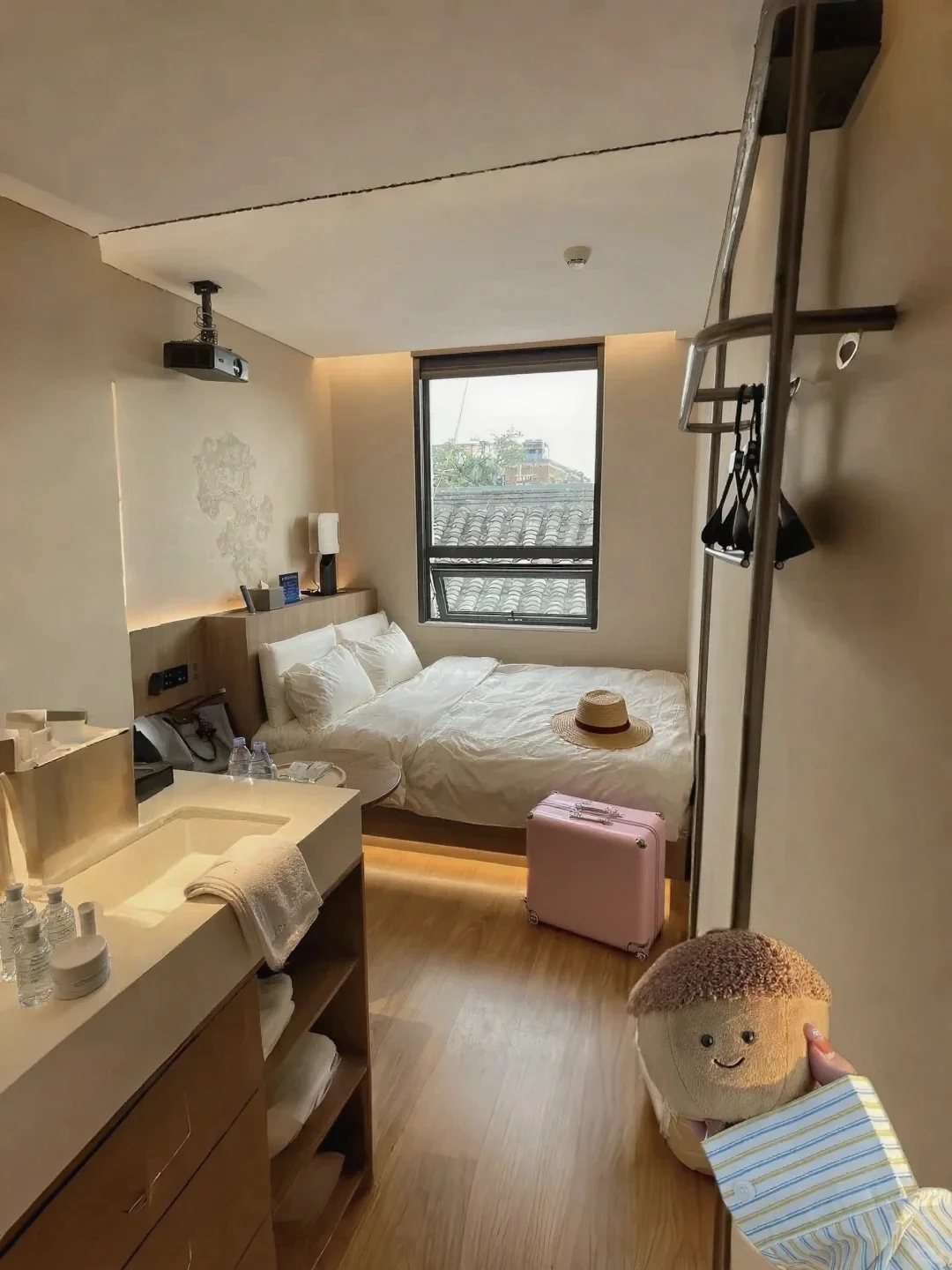
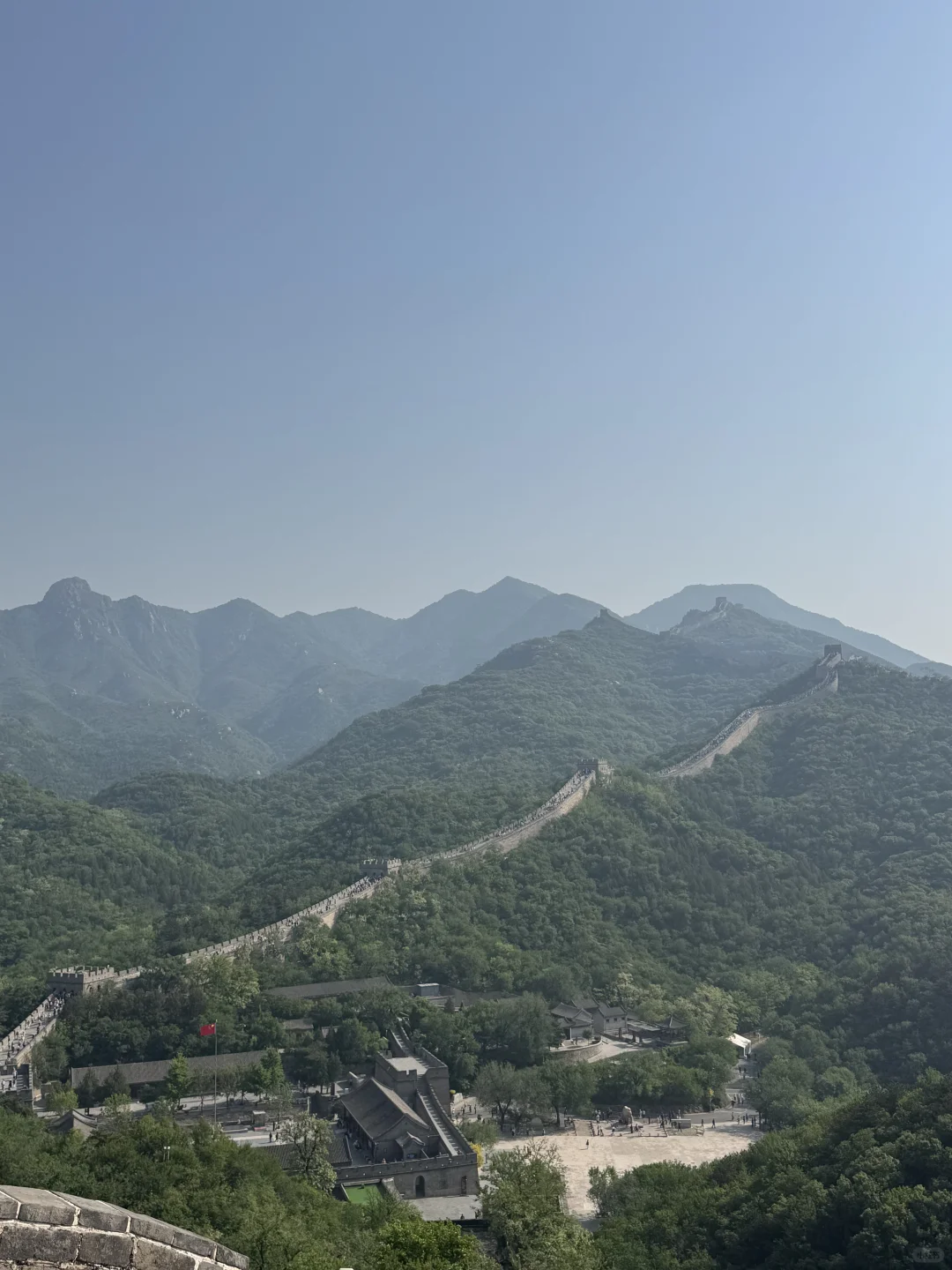
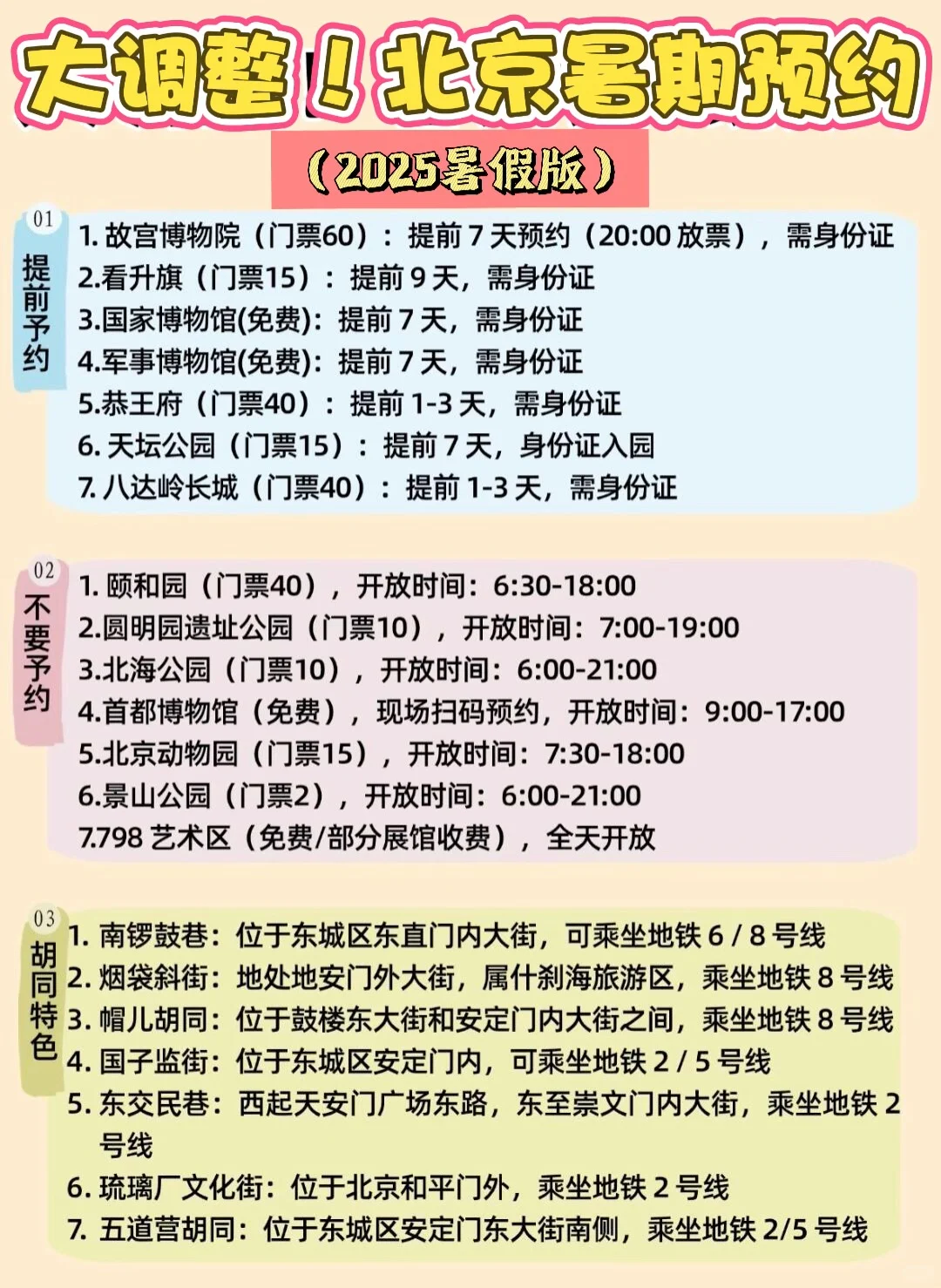

Explore the Real China.
Top Destination
Information